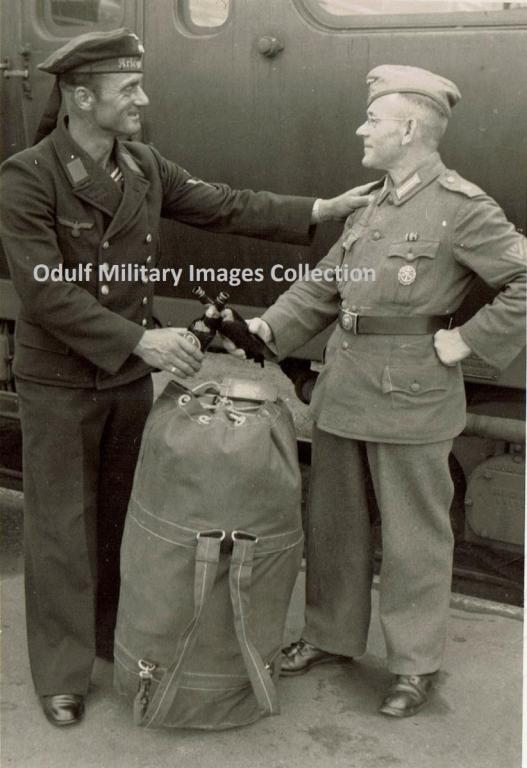-
Posts
2,143 -
Joined
-
Last visited
-
Days Won
10
Odulf last won the day on March 13 2022
Odulf had the most liked content!
About Odulf

Profile Information
-
Gender
Male
-
Location
Friesland
-
Interests
I take a general interest in orders, medals, decorations, uniforms, insignia of: The Netherlands; Germany & German States 1800-1950; Great-Britain 1800-1950; Belgium 1830-1950; France 1800-1950; USA 1900-1950.
Also I collect images (photos, postcards, prints, other documents) related to the above; German award documents (Besitzzeugnis & Urkunde); French campaign medals.
Main projects:
Germany and NS Organisations between the wars - in particular Reichsarbeitsdienst (FAD, RAD, RADwJ); HJ.
German Sailing Training Ships & Kriegsmarine in general.
Dutch Colonial Army and Navy.
Royal Navy & Scots Guards.
Recent Profile Visitors
21,438 profile views
Odulf's Achievements
-
Not many portraits around of MAA Officers wearing the field grey uniform, but I picked up this very nice and crisp studio photo of a Korvettenkapitän, signed "Hannsel (pet name for Johannes / Hans) Helgoland 1941/1942". At first sight his picture could be mistaken for another Army officer, but the buttons show anchors and the breast and cap eagles are gold, as are the Navy style laurels surrounding the cockarde at the front of his cap. The chin strap of silver as are the officer's style collarpatches. On the major style shoulder boards the flaming granade in yellow metal. The photographer had his shop in Nordseebad Borkum. I wonder if he can be identified.
-
Lovely picture. 20 mm Flak (AA-Quick Fire gun) this was the basic light artillery for all the Wehrmacht, Army, Air-Force and Navy. On the ships these were all over the decks. All the ship's complement were assigned to defening the ship, cooks, writers, stores accountants, administrative crews and other supporting personnel in the ship had to carry out duties in defending the ship. Thus, many ship mates had to follow courses and advanced training in managing A.A. guns (signified by Sonderabzeichen), but the main Artillery was left to the specialists, as were torpedoes, asdic, radar, engines management and other operational branches. War ships did not carry passengers, only complement - men with a military duty.
-
On parade and on leave the Soldiers of the Marine-Artillerie-Abteilungen and Schiffsstammabteitungen had to wear their blue uniforms, for duty in barracks and as field dress they had the grey-green uniform. So their lockers were filled with both grey-gree nand blue clothing. A post 1939 "Hemden-Mützen" or "Budenzauber" picture, appearently in private quarters, of Kriegsmarine room mates mixing both items of clothing in a play for camera (these are snap shots to be found in any private photo album.)
-
Beautiful photo Morten, excellent quality, is it originally a press photo? Obviuosly it is not on taken on board of a U-Boot, in the mid-30s the Unterseebootschule in Kiel comprised the Schulverband (for U-Boot practice) with 6 older submarines as training boats: U1 , U2, U3, U4, U5, U6 (these are manifold pictured in postcards). To this flottilla was also attaced a surface ship for security and to collect the torpedoes. The photo was taken on board this support ship. In 1935 this was the old Torpedoboat "T158", later to be replaced by the old Minesweeper "M136". I think the latter is the stage for this picture.
-
A pleasant meeting/fare well scene with beer at the train station in the war years. The WW1 veteran Hauptgefreiter (right) is wearing a new field grey uniform with the ribbons of the Iron Cross 2nd Class (1914) & Hindenburg Cross, and the seldom seen in wear Verwundeten-Abzeichen (Wound Badge) of the German Imperial Navy (instituted June 1918). Between them, a greenish Kleidersack/Sesack (kit bag), on top not a cel phone but a wooden label holding details of the owner. The Gefreiter (left) is wearing a very short blue Überzieher (Jacket), when issued the lower seam would be at the length of the sleeve, but it was fashionable to shorten the lower seam (and alter the side pockets).


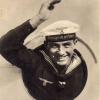

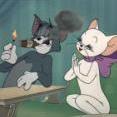
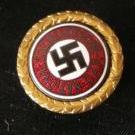
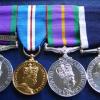
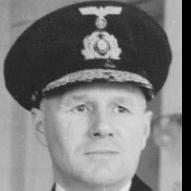

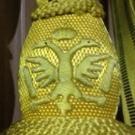
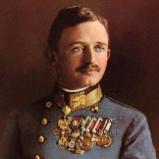
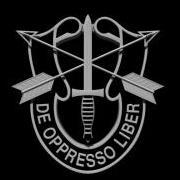
x(2).jpg.198713f212220e6ed4215260d4858206.jpg)
(2).thumb.jpg.f2aa6b09b3496709b58d705ec3b81a4b.jpg)
.thumb.jpg.3f38183bc8313f669f103dbdbe9d26d1.jpg)
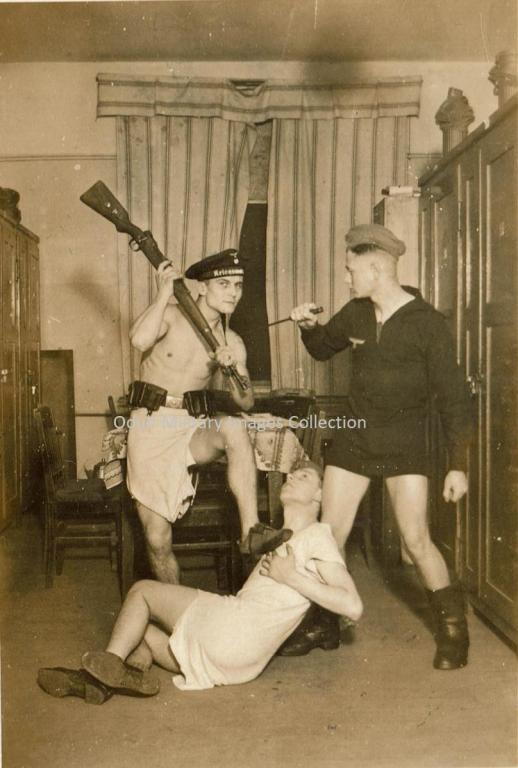
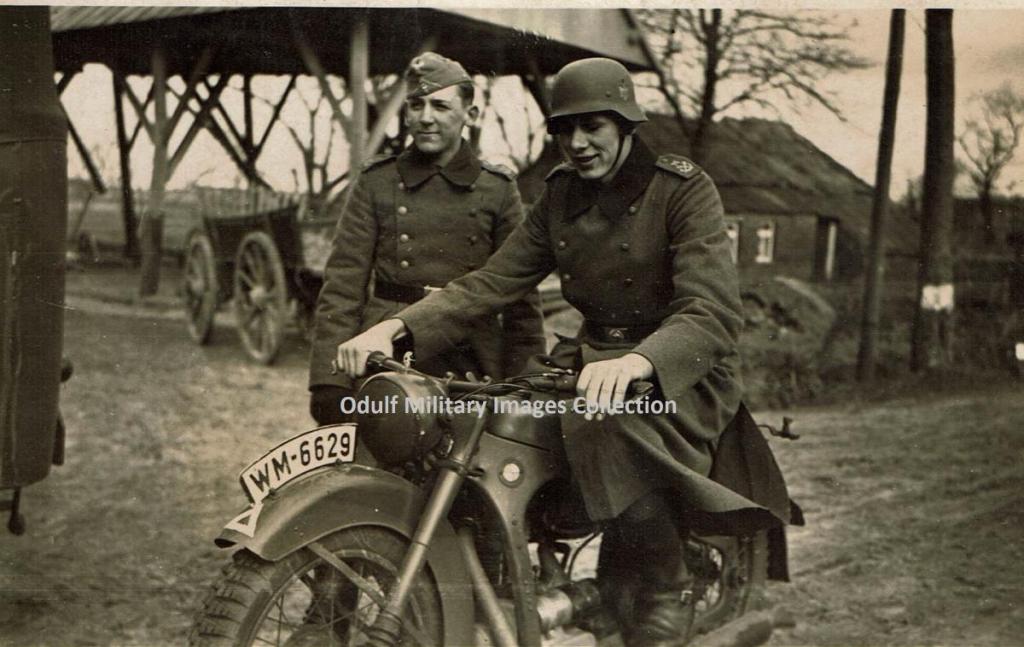
x.thumb.jpg.04569d008d9abe80529ce9c8d7fc9fcb.jpg)
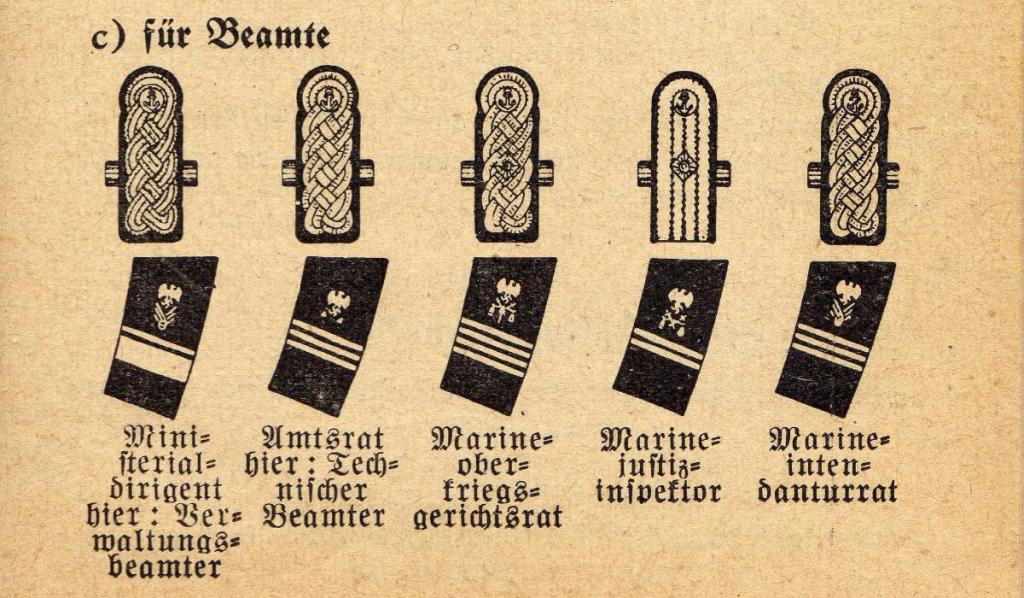

(1943Brest).thumb.jpg.c704f5785dce4140f0d0dbe6b3f0d2dc.jpg)
